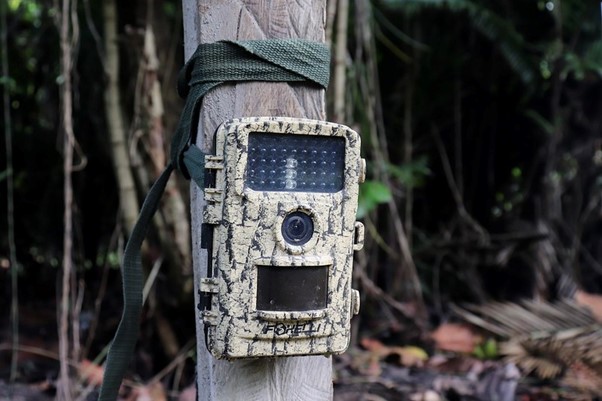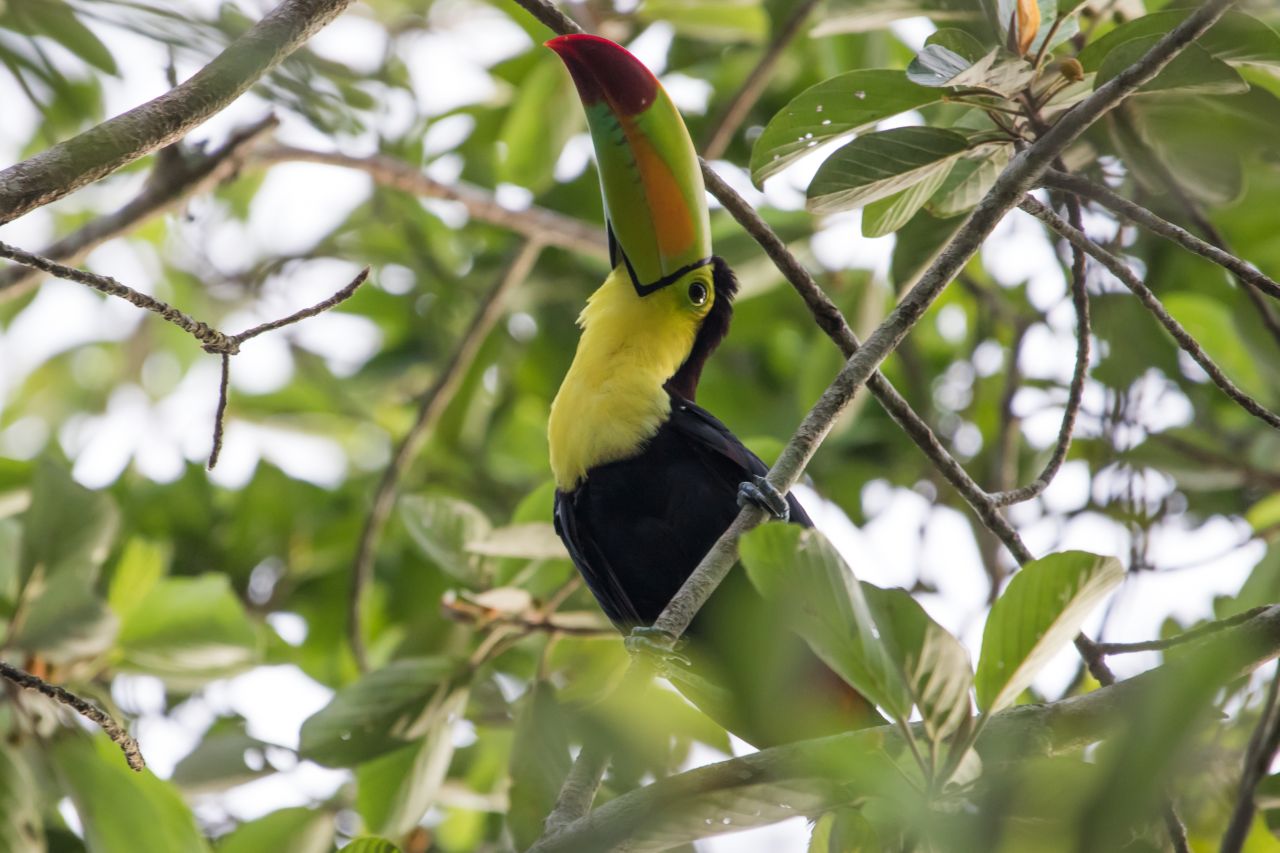In the crystal-clear waters of Belize’s marine environment lies a challenge: how to ensure the effective conservation of marine biodiversity while ensuring sustainable financial and human capacities and the rights and values of local rightsholders and stakeholders in and around the marine and coastal areas.
A transformative wave is rising, driven by a collaboration between the Government of Belize (GOB), the UK’s Ocean Country Partnership Programme (OCPP), and the International Union for Conservation of Nature (IUCN). This tripartite cooperation aims to bring the country’s marine protected areas (MPAs) to the forefront of global conservation standards, specifically the IUCN Green List. Under the Belize Blue Bond Agreement, Belize has shown its commitment by setting the ambitious goal of applying for the Green List Programme for at least three of its marine protected areas by 2027. This also supports the country as a member of the High Ambition Coalition for Nature and People (HAC), which championed the adoption of Target 3 (30x30) of the Global Biodiversity Framework (GBF).
IUCN's initial engagement in Belize was also highlighted by the BNCFF (Blue Natural Capital Financing Facility) to award one of the Belize MPAs, Turneffe Atoll Marine Reserve, for establishing Nature-based solutions (NbS) in their marine protected and conserved areas.

Nurturing conservation through global standards
The IUCN Green List Standard for Protected and Conserved Areas is more than just a Standard; it’s a promise of quality. It ensures that protected and conserved areas not only achieve their conservation objectives but also do so with fairness and effectiveness. The Green List, with its rigorous criteria spanning four components, 17 criteria, and 50 indicators, serves as a guiding star for sites aiming for conservation excellence.
The UK’s OCPP, in collaboration with the Ministry of Blue Economy and Civil Aviation (MBECA) and the Belize Fisheries Department (BFiD), hosted the IUCN in Belize for a workshop focused on Green Listing of marine protected areas (MPAs) from 31 August to 7 September 2023 as part of Belize’s marine conservation ambitions.
The five-day workshop hosted by the IUCN, OCPP, MBECA, and BFiD was a stepping stone towards this aim, focusing on the Green Listing of MPAs as a cornerstone of Belize’s marine conservation approach.
The power of local voices – equitable governance
South Water Caye Marine Reserve (SWC) provided a window into the intricacies of conservation on the ground. Here, during the site visit of the workshop participants, fishers emphasised their deep connection to the sea and its ecosystem and their wish to be included in the decision-making processes of the SWC management that shape the future of their marine territories. This sentiment was echoed by Asad Magaña, Executive Director of the Toledo Institute for Development and Environment (TIDE) and co-manager of Port Honduras Marine Reserve, who stressed the indispensability of local stakeholders in creating effective site management plans. “It is vital for local stakeholders to be meaningfully and actively engaged in the preparation of the site management plan during its implementation and eventual evaluation. The management of the site will only be successful when the people, whose lives are being impacted are involved in the decision making.“, he mentioned.
Fishermen in the water of Turneffe Atoll Marine Reserve. Photo: Siska Sihombing.
The dialogue between MPA co-managers at SWC revealed a pressing need: structured stakeholder mapping and continuing to build and maintain a good relationship with the local stakeholders, including the fishers. Such a process would ensure that every voice, every concern, and every hope is captured, laying the groundwork for conservation strategies that are inclusive and sustainable in the marine protected areas.
Belize MPA co-managers discussing challenges and opportunities during the site visit. Photo: Siska Sihombing.
Asad Magaña, Executive Director of the Toledo Institute for Development and Environment (TIDE), co-manager of the Port Honduras Marine Reserve. Photo: Siska Sihombing.
A call for investment in conservation efforts
At the core of successful marine conservation lies a delicate balance between nature and nurture. This equilibrium, however, is often disrupted by the pressing issue of funding. Much like their counterparts globally, marine protected areas in Belize grapple with a perennial challenge: securing consistent and adequate financial support. This is not just about preserving marine biodiversity; it’s about safeguarding the intricate web of life that sustains both the environment and the communities that depend on it.
Valdemar Andrade, Executive Director of the Turneffe Atoll Sustainability Association, passionately underscored this point. To him, the real return on investment in conservation isn’t measured just in biodiversity metrics or infrastructure development, but in the living, breathing harmony between people and the marine environment. He highlighted the essential nature of funding, not just for maintaining infrastructure but for the invaluable human resources. These are the individuals on the frontline – the ones clocking in thousands of hours in enforcement, research, education, and community engagement. Without adequate financial backing, these vital activities could be rendered unsustainable, causing a ripple effect that could jeopardise the health of Belize’s marine ecosystems.
“My thoughts are for any MPA to be successful we have to be able to leverage investment to afford the right management and field teams to get the work done that is outlined in our management plan as effectively as possible. Once this core cost is covered, then we can leverage the additional incremental costs. As you saw the investment in infrastructure cannot be storied without the right people. They also do the 12,000 hours of enforcement, science and education base work necessary to get the metrics of effective management. They also maintain the infrastructure and equipment and ensure all is kept in order.
Therefore, in the end this requires critical consistent financial support to keep the needle on management effectiveness moving forward and the return on investment is tremendous in our case as in our case, the Turneffe Atoll Marine Reserve, contains high economic, social and environmental/ecosystem value for Belize”, explained Valdemar.
To realise this objective, IUCN collaborates with the Turneffe Atoll Marine Reserve authorities and government to implement the largest ever BNCFF (Blue Natural Capital Financing Facility – managed by IUCN Ocean) grant to establish an NbS involving this MPA. The grant, amounting to over USD $1 million, was earmarked for establishing a Nature-based Solution (NbS) involving the Turneffe Atoll MPA, a crucial step in safeguarding the MPA diverse marine ecosystem. This investment represents not only a significant monetary commitment but also a testament to the power of collaborative conservation efforts.
Valdemar Andrade and his team in TASA warmly welcomed the group during the site visit on 7 September 2023. Photo: Siska Sihombing.
The IUCN Green List Standard does not just signify a protected or conserved area’s conservation success. It offers a beacon of trust to potential investors, signalling that a marine area is managed effectively, equitably, and sustainably. By striving to align with the Green List’s stringent criteria, MPAs can position themselves as attractive prospects for both public and private sector funding. Meeting the Green List Standard effectively sends a message: that an MPA not only values its marine and coastal ecosystems but is also committed to maintaining its health and vibrancy for future generations.
Hence, the Green List can be a powerful tool to unlock innovative financing mechanisms that are effectively managed and fairly governed. Ensuring the effectiveness of MPAs can pave the way for outcomes-based financing models, where funds are allocated based on tangible conservation results. This can be particularly appealing to impact investors keen on seeing both environmental and social returns on their investments.
In essence, the IUCN Green List can serve as a bridge, connecting the MPAs with a global pool of investors eager to contribute to genuine, lasting marine conservation. But it’s not just about the financial sources but about fostering partnerships rooted in mutual respect and a shared vision for a thriving marine future. By leveraging the Green List, Belize’s MPAs can harness the power of global collaboration to ensure that their marine sanctuaries remain vibrant, resilient, and teeming with life. The integration of the IUCN Green List into the Belize Blue Bond Agreement exemplifies the nation’s forward-thinking approach to marine conservation, ensuring both financial and ecological sustainability for its treasured marine ecosystems.
The Belize Blue Bond Agreement, which underscores the nation’s commitment to marine conservation, has identified the IUCN Green List as a key milestone in its journey toward sustainable marine and coastal management. Through the Belize Blue Bond’s ambitious framework, the aim to achieve Green List application for at least three of its marine protected areas by 2027 stands as a testament to the country’s dedication to global conservation standards.
The Green List pathway for effective marine protected and conserved areas
While the wave of conservation rises in Belize, the journey is just beginning. The IUCN Green List stands as a guide, directing the way towards a future where marine conservation not only preserves biodiversity but also respects and uplifts the rights of the local stakeholders and rightsholders. The collaboration between the Government of Belize, OCPP, and IUCN symbolises a future where the gems of local knowledge, global standards, and unwavering commitment intertwines to create a resilient approach to marine conservation in Belize to support its commitment by setting the ambitious goal of applying for the Green List Programme by 2027 and particularly, to support the 30x30 ambition further.



